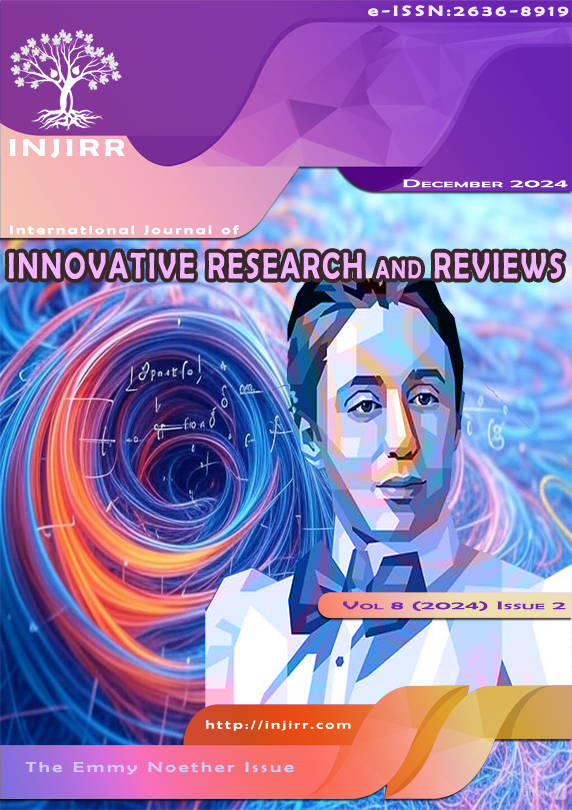Biochemical Content Analysis of the Preparation in a Storage Container Excavated from a Grave in Daskyleion Ancient City
Abstract
Bioarchaeology is a branch of science that studies the biological remains of living things in an archaeological context and tells us a lot about past civilizations. This study aims to shed light on the content of the remains found in a bottle that was excavated from a burial chamber in the Daskyleion Ancient City in the Ergili village of the Aksakal Town of Bandırma, under the leadership of Prof. Dr. Kaan İren, and is thought to have been used for the storage of essences or drug-like preparations. Daskyleion; The excavations carried out in the city, which is thought to have hosted great civilizations such as Phrygians and Lydians and one of the centers of the Satrapy administration system established by the Persians in Anatolia, dating back to 1000 B.C., have unearthed remains from many different periods. The Lydian civilization, which ruled in the ancient city of Daskyleion, is famous for its cosmetics and there is a concept of “Lydian cosmetics” that has survived to the present day. Research was conducted in this direction, based on the container found in the burial chamber. First of all, pathogenic bacteria were searched microbiologically. In addition, the presence of antioxidant enzymes was investigated biochemically. For this purpose, catalase, superoxide dismutase and peroxidase enzymes were purified and characterized from the residue. (NH4)2SO4 precipitation method and ion exchange chromatography were used to purify each enzyme from the residue. The optimum pH and optimum temperature values were determined for each enzyme. The molecular weights of the enzymes were calculated using gel filtration chromatography.
Downloads
Published
Issue
Section
License
Copyright (c) 2025 Nazan Demir, Kaan İren

This work is licensed under a Creative Commons Attribution-NonCommercial-NoDerivatives 4.0 International License.
The authors keep the copyrights of the published materials with them, but the authors are aggee to give an exclusive license to the publisher that transfers all publishing and commercial exploitation rights to the publisher. The puslisher then shares the content published in this journal under CC BY-NC-ND license.


